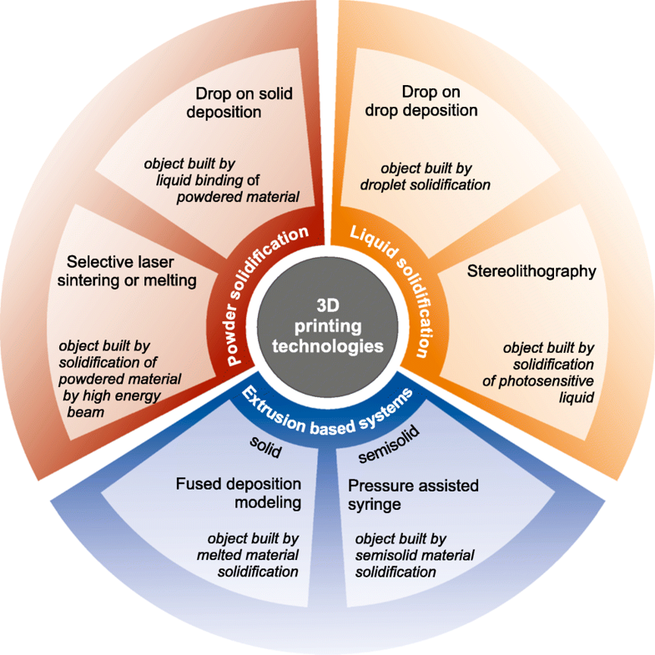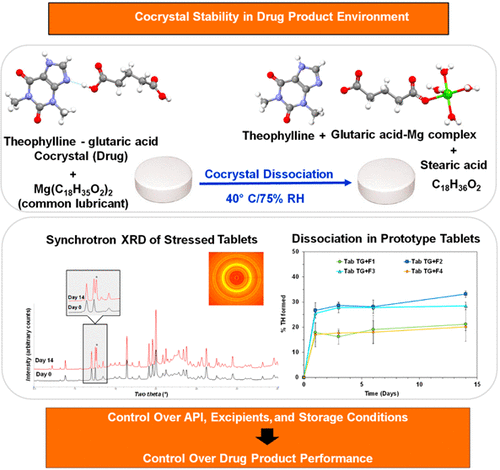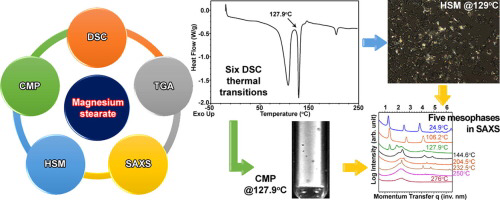- Home
- Blog
- News
- Basics
- Sources
- Agencies, Regulatory & Organisations
- CERSI Excipients Browser
- Excipient Report
- Excipient DMF List
- EXCiPACT Certified Companies
- Excipient Documentation
- Excipient EINECS Numbers
- Excipient E-Numbers
- FDA Inactive Ingredient List
- FDA GRAS Substances (SCOGS) Database
- IPEC Americas
- USP - U.S. Pharmacopeia
- Definitions
- Whitepapers / Publications
- Supplier
- Services
- Media
- Events
- 1st pharmaexcipients Poster Award
- Event Calendar
- Events featured by pharma-excipients
- 4th Annual Formulation & Drug Delivery Congress
- DDF Summit
- ExcipientFest Americas
- ExcipientFest Asia
- Global CompliancePanel
- International Conference and Exhibition on Pharmaceutics & Novel Drug Delivery Systems
- Formulation & Drug Delivery USA Congress
- Laboratory Medicine 2018
- Making Pharmaceuticals Europe
- Making Pharmaceuticals Exhibition
- Pharma Integrates
- PharmaExcipients China @CPhI China
- TTC Technology Training Center
- Jobs
- Online Sourcing
- Contact
19. July 2018
Growing demand for customized pharmaceutics and medical devices makes the impact of additive manufacturing increased rapidly in recent years. The 3D printing has become one of the most revolutionary and powerful tool serving as a technology of precise manufacturing of individually developed dosage forms, tissue engineering and disease modeling.
19. July 2018
Achieving pain control in acute pain situations such as battlefield injury, EMS first responders, emergency department cases and breakthrough cancer pain has quite often proved challenging [1-3]. Although opioid medications are effective at acute pain relief, current delivery methods can fail or prove inadequate in many circumstances. Oral delivery of opioids can delay the onset of relief due to slow absorption and a large hepatic first‐pass effect and is ineffective for emetic patients....
18. July 2018
Tablets containing a theophylline–glutaric acid (TG) cocrystal dissociated rapidly forming crystalline theophylline (20–30%), following storage at 40 °C/75% RH for 2 weeks. Control tablets of TG cocrystal containing no excipients were stable under the same conditions. The dissociation reaction was water-mediated, and the theophylline concentration (the dissociation product), monitored by synchrotron X-ray diffractometry, was strongly influenced by the formulation composition. Investigation...
17. July 2018
By the advent of continuous pharmaceutical manufacturing, fast and accurate characterization of product quality has become of a major interest. Although it also promotes the real-time release testing approach, so far mainly content uniformity studies were performed by near-infrared (NIR) spectroscopy. This paper proposes the simultaneous application of NIR and Raman spectroscopy to nondestructively analyze the critical quality attributes of continuously produced tablets in a real-time release...
13. July 2018
Thixotropic gels, thermosoftened systems, and self-emulsifying systems have expanded the range of potential excipients. Liquid-filled hard capsules (LFHCs) are typically composed of a shell of gelatin or hydroxypropyl methylcellulose (HPMC) and filled with compatible liquids or compositions that can flow below 70 oC. LFHC technology offers several advantages over other solid dosage forms (1). It is crucial, however, to select excipients that are compatible with capsule shell integrity and...
11. July 2018
New surfactant replacement offers a promising alternative to polysorbates for stabilizing proteins CAMBRIDGE, Mass. – July 11, 2018 – ReForm Biologics, a pharmaceutical technology company developing innovative biologic formulations to improve drug delivery and manufacturing, expanded its patent portfolio with the issuance of U.S. Patent No. 10,016,513 (the ‘513 patent). The patent, entitled “Stabilizing Excipients for Therapeutic Protein Formulations,” provides ReForm exclusive rights...
11. July 2018
Film coatings on pharmaceutical tablets provide a broad range of functionalities, and the coating formulation and process are complex, with many variables. Figure 1 shows the variables associated with a pan-coating process, for example. All of these factors can potentially influence critical quality attributes of the final coated product.
08. July 2018
Tricalcium citrate (TCC) was characterized as a tableting excipient for direct compression (DC) and dry granulation (DG). Significance: Brittle materials usually lead to tablets of inferior mechanical strength compared to plastic deforming materials. A brittle material exhibiting a high tabletability with the ability to retain that behavior during recompression would represent a valuable alternative to the commonly used microcrystalline cellulose. Methods: Tablets of TCC and other common...
08. July 2018
The purpose of this study was to develop self-microemulsifying (SME-) tablets to improve resveratrol solubility whilst delivering resveratrol in a preferred tablet dosage form. Resveratrol was dissolved in liquid self-microemulsifying drug delivery system (SMEDDS) (10 % w/w) and solidified through adsorption on several different solid carriers. Two ranges of synthetic amorphous silica (Sylysia® 290, 350, 470, 580; Syloid® 244FP, AL-1FP) as well as granulated magnesium aluminometasilicate...
08. July 2018
Magnesium stearate (MgSt) is the most commonly used excipient for oral solid dosage forms, yet there is significant commercial physicochemical variability that can lead to variable performance of critical product attributes. Differential scanning calorimetry (DSC) is often used as a quality control tool to characterize MgSt, but little data is available regarding the physicochemical relevance for the DSC thermograms. The main aim of this study was to decipher MgSt’s complex thermotropic...










